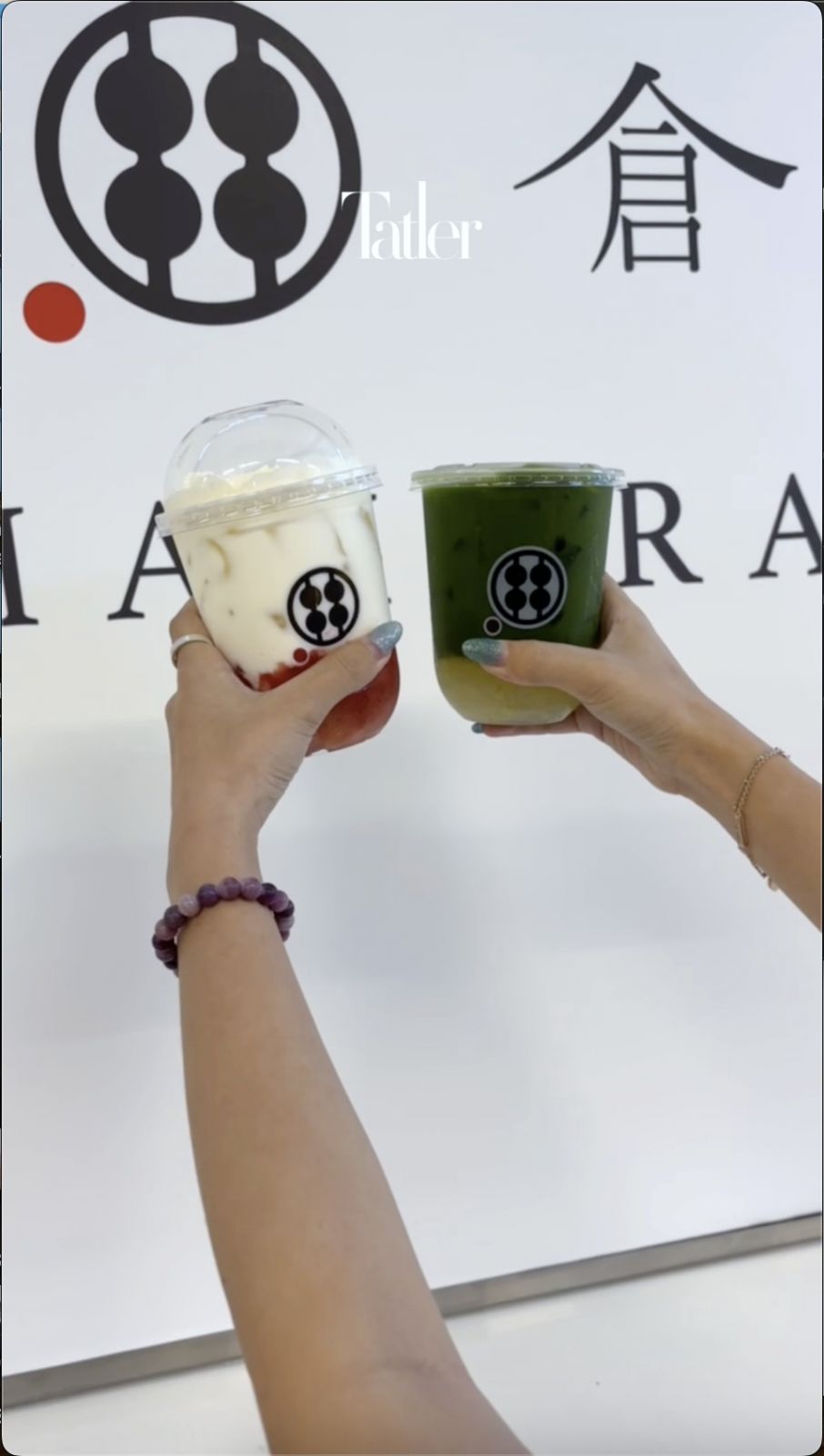The future of soft cheese is in a funk
According to the French National Centre for Scientific Research, the world is in the midst of a cheese crisis. Despite blue cheeses facing similar peril, beloved soft cheeses encased in milky rinds are the category most at risk—unfortunately for brie and camembert.
While many of us (this writer included) might fret over the future of cheese boards, the root of this calamity is the real cause for concern. On the frontlines of the impending fromage fatality is an increasing scarcity of penicillium camemberti, the strain of fungi relied on by familiar French cheeses.
Read more: The art of cheesemaking: How a husband and wife duo craft over 140 unusual varieties of cheese
The origins of soft cheese


Wheels of brie and camembert exist as unique ecosystems, home to small armies of microbes that turn milk fat and proteins into the gooey cheeses we know and love.
Penicillium biforme was traditionally used in cheesemaking, to the dismay of cheesemakers who valued consistency. The strain was notorious for dyeing cheese rinds green, grey, or orange, and contributing to a distinct pungency. The 1800s saw the isolation of penicillium camemberti—an offshoot of the original strain—to prevent this unpredictability, homogenising brie and camembert into their white-rinded, inoffensive-tasting selves.















